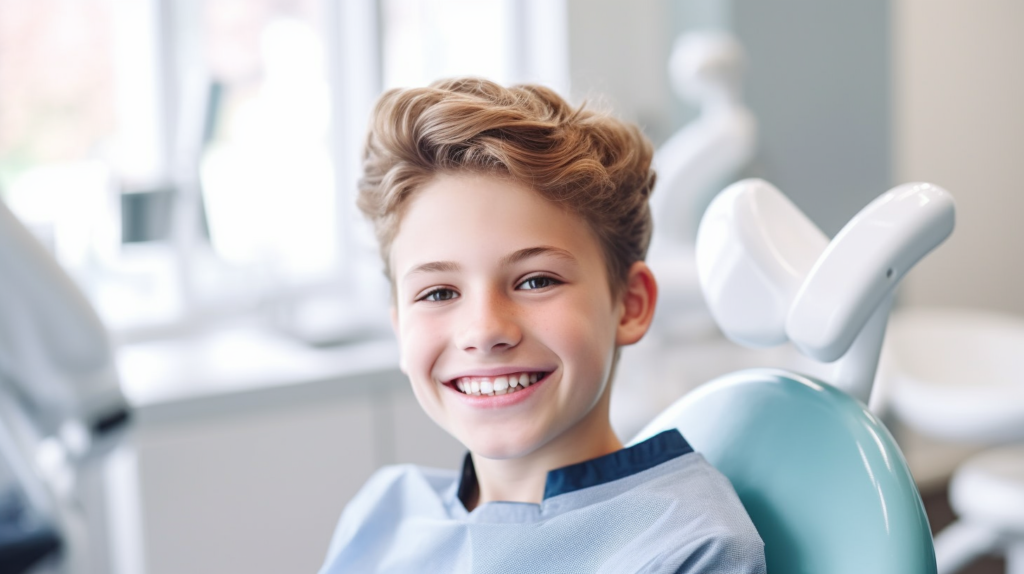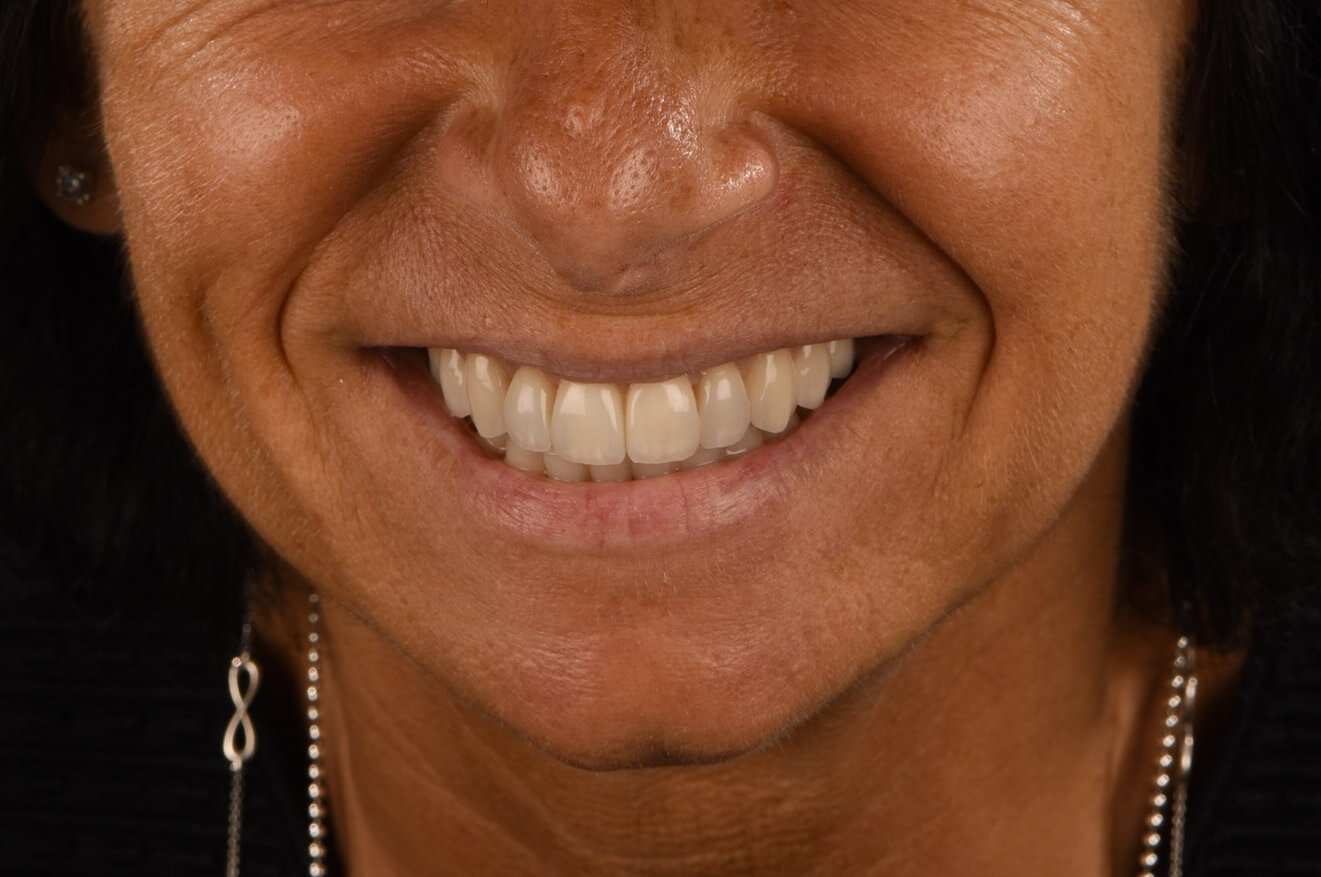Orthodontics
Orthodontics
Orthodontics is a fundamental branch of dentistry dedicated to the diagnosis, prevention, and correction of dental misalignments and facial deformities. This field utilizes modern techniques and specific devices, such as traditional orthodontic braces, clear aligners, and functional devices, to ensure not only aesthetics but also proper chewing and speech function.
This discipline is used to treat cases in both pediatric and adult patients. In fact, 80% of our orthodontic patients are adults. In cases of smile enhancement with veneers, transparent orthodontics with aligner trays has become a part of the treatment for most patients, allowing for minor dental alignments and reducing invasiveness in the veneer preparation phase.
Currently, at Dr. Pier Carlo Frabboni’s practice, we also perform “complementary” orthodontics, which is very effective in treating bone defects caused by periodontitis, especially but not exclusively in aesthetic areas to regenerate bone naturally and non-surgically. It is also used to save severely compromised teeth and realign gum contours in cases of recession.


ORTHODONTIC TREATMENTS IMPROVE:
Health: Crowded and misaligned teeth are more challenging to keep clean, making the gums around crowded teeth susceptible to periodontitis, and the teeth vulnerable to cavities. In contrast, aligned teeth are easier to keep clean and therefore healthier.
Function: When teeth do not fit together properly, it can result in excessive wear on dental enamel.
Stability: Properly aligned teeth and jawbones promote stable and comfortable chewing, preventing unwanted dental movements.
Aesthetics: The position of teeth can impact a person’s self-esteem and confidence, often unconsciously. A smile with straight and aligned teeth can positively influence self-perception and, consequently, how others perceive us. Therefore, having a beautiful smile can increase self-confidence and improve relationships with others.
ORTHODONTIC APPLIANCES IMPROVE THE SMILE AT ANY AGE.
For Children: Some important international orthodontic associations like the American Association of Orthodontics recommend orthodontic screening for every child around the age of 7. Orthodontics in children of this age, known as interceptive orthodontics, allows for simpler problem-solving by harnessing the natural growth process of both teeth and jawbones. On the other hand, issues treated in older individuals with nearly completed facial development are much more challenging to resolve.
For Adults: Adults are also excellent candidates for orthodontic treatment. The biological basis of tooth movement remains the same whether it’s a child or an adult. If you have always wanted a healthier smile with straighter teeth, or if you have issues with chewing, orthodontic braces are an excellent choice.
Orthodontics is often used before prosthetic reconstructions to reduce or eliminate the inclination of one or more teeth and prepare them for prosthetic restoration.
Bone Maintenance: Orthodontics also offers the possibility of using tooth movement not only for straightening teeth but also for maintaining jawbone. If one or more teeth need to be extracted to be replaced with osseointegrated implants, traditional extraction, which would involve bone loss during the normal healing process, can be replaced by orthodontic therapy. This therapy allows for a slow “emergence” of the tooth from its socket until the complete root is outside the bone, avoiding the loss of supporting bone that will be needed later to accommodate the osseointegrated implant. When this procedure is possible, more advanced surgical treatments and the use of bone substitutes can be avoided.
TYPES OF ORTHODONTIC APPLIANCES
Metal Braces:
The “micro” metal brackets used for traditional treatments are so small that they are barely visible, much more comfortable, and easier to clean than traditional-sized brackets. This option also allows for the use of colored elastics, which can be changed at each visit, making the appliance customizable and turning dental visits into a fun experience for children.
Ceramic (Clear) Braces:
The system of white ceramic brackets, which emulate the tooth color, is the perfect solution for those who want to correct and straighten teeth discreetly. Braces with these types of brackets are barely visible, ensuring complete confidence in your smile throughout the entire treatment.
Temporary Anatomical Anchors (“Micro-Screws”):
In some cases, it is possible to improve and speed up tooth movement by combining traditional orthodontic braces with micro-screws (3-4 mm) inserted into the bone near the tooth or teeth to be moved. Elastic bands or traction wires are anchored at the external end of these screws. The procedure to insert them requires a simple local anesthesia of the mucosa. When the micro-screws have served their purpose, they are removed with a simple unscrewing motion.
Clear Aligners:
Clear aligners are removable devices that fit over the teeth and offer a aesthetically pleasing option. They can be removed during meals and tooth cleaning, providing greater convenience. Benefits include increased comfort compared to traditional fixed braces since they do not have protruding parts that can cause discomfort.
ADVANTAGES OF FIXED APPLIANCES
The advantages of fixed braces include precise control of tooth movement, ensuring accurate and predictable results, high effectiveness in treating complex or severe cases, and rapid action (18-36 months) compared to removable appliances. Additionally, since they are affixed to the teeth, they do not require a significant responsibility from the patient to wear them correctly.










